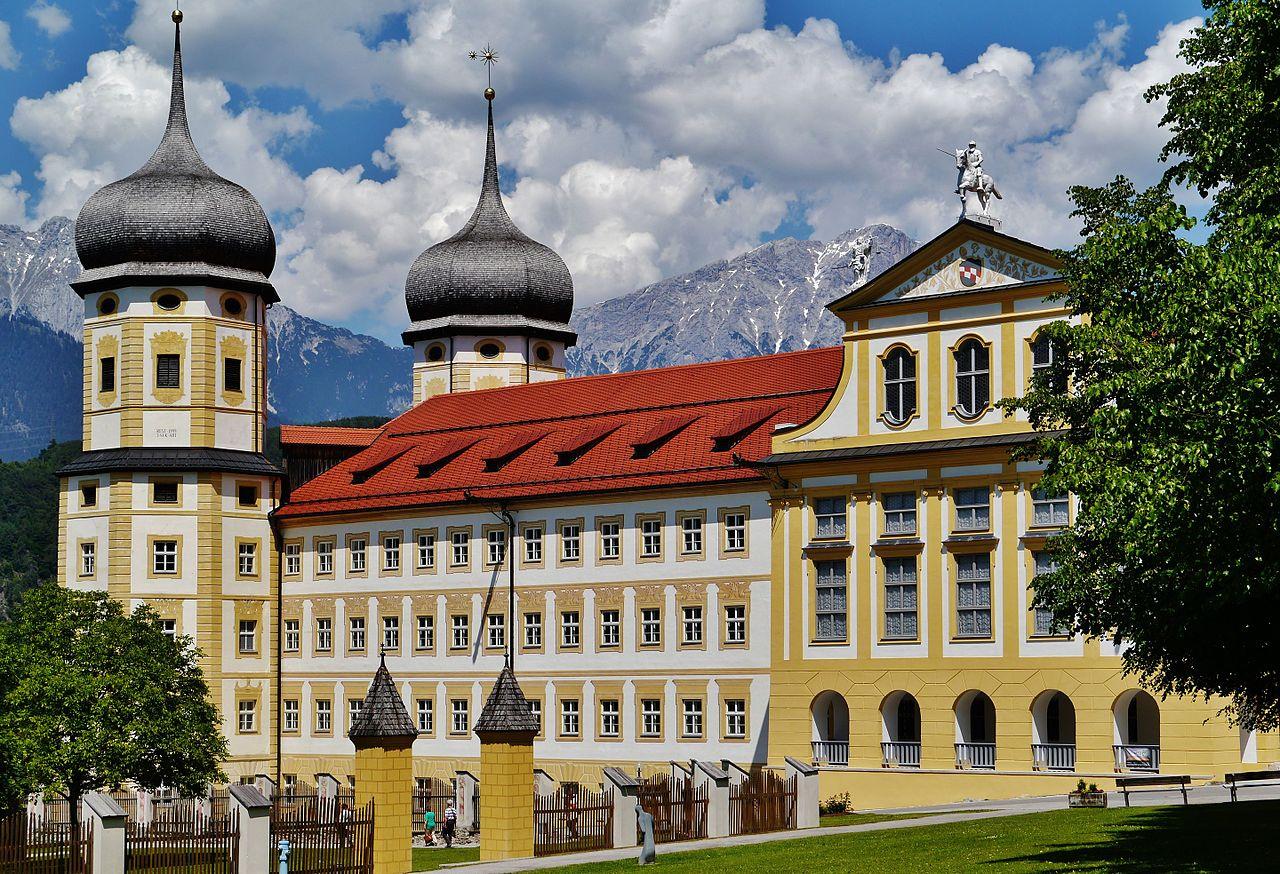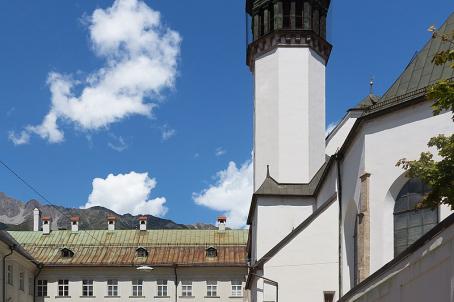Stams Abbey

It is a Cistercian Abbey founded in the 13th century. It is one of the most beautiful and opulent religious sites in the region of Tyrol.
About this building
It is one of the most beautiful religious complexes in Tyrol as it was originally constructed to become the gravesite of the Counts of Tyrol. Its interior is richly adorned with ceilings decorated with marvellous stuccowork and frescoes.
The monastic community decayed during the Protestant Reformation in the 16th century, after its period of greatest splendour.
The abbey also runs a distillery, and its spirits, liqueurs, ciders and cider vinegar can be purchased at the monastery shop. Guided tours are also offered to tourists willing to know the history of the abbey and its buildings.





